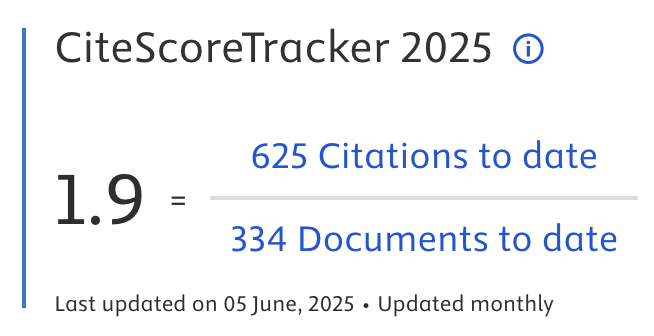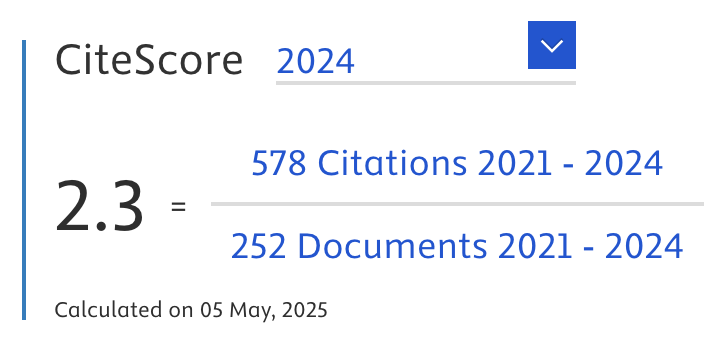An Ensemble and Filtering-Based System for Predicting Educational Data Mining
Abstract
When developing a prediction paradigm, an ensemble technique such as boosting is used. It is built on a heuristic framework. Generally speaking, engineering ensemble learning is more accurate than individual classifiers when it comes to making predictions. Consequently, numerous ensemble strategies have been presented in this work, particularly to provide a more complete understanding of the essential methods in general. Researchers have experimented with boosting methods to forecast student performance as part of a variety of ensemble techniques. The researchers employed improvement approaches to construct an accurate predictive educational model, which was based on a key phenomena seen in categorization and prediction operations. In light of the uniqueness and originality of the suggested strategy in educational data mining, the researchers used augmentation strategies in order to construct an accurate predictive pedagogical model. Tenfold cross-validation was performed to evaluate the effectiveness of the basic classifiers, which included the random tree, the j48, the knn, and the Naive Bayes. The random tree was found to be the most effective classifier. Several additional screening techniques, including oversampling (SMOTE) and undersampling (Spread subsampling), were utilized to analyze any statistically significant variations in results between the meta and base classifiers that had been identified between the meta and base classifiers. The use of ensemble and screening strategies, as compared to the use of standard classifiers, has demonstrated considerable gains in predicting student performance, as has the use of either strategy alone. Furthermore, after the completion of a performance research on each approach, two new prediction models have been established on the basis of the improved results gained thus far.
Article Metrics
Abstract: 481 Viewers PDF: 257 ViewersKeywords
Full Text:
PDFRefbacks
- There are currently no refbacks.

Journal of Applied Data Sciences
| ISSN | : | 2723-6471 (Online) |
| Collaborated with | : | Computer Science and Systems Information Technology, King Abdulaziz University, Kingdom of Saudi Arabia. |
| Publisher | : | Bright Publisher |
| Website | : | http://bright-journal.org/JADS |
| : | taqwa@amikompurwokerto.ac.id (principal contact) | |
| support@bright-journal.org (technical issues) |
 This work is licensed under a Creative Commons Attribution-ShareAlike 4.0
This work is licensed under a Creative Commons Attribution-ShareAlike 4.0





.png)